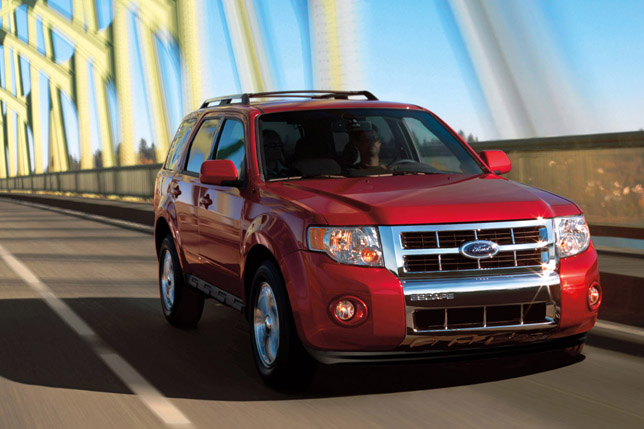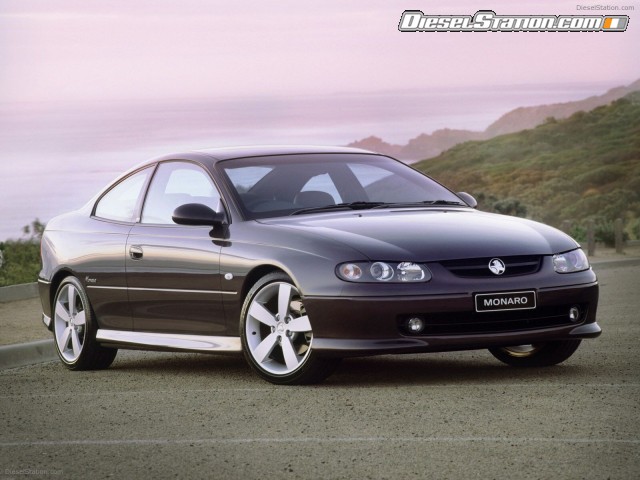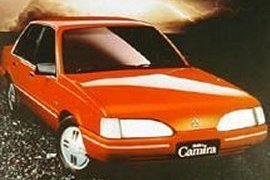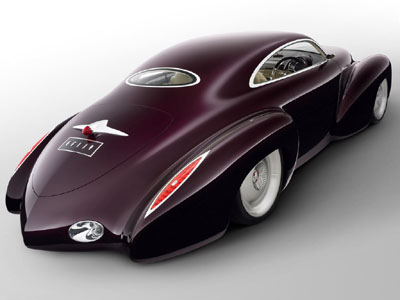








With the 2009 Auto Show just about the corner in Geneva, more and more manufacturers are teasing us with images and specs. Volvo does the same. They’ve just announced that for next week’s show the company is preparing to bring in a stylish facelifted Volvo S80. Featuring a larger grille with a more prominent Volvo logo, chrome trimmed front air intakes and stylish cues, the new S80 will probably win you over with its elegant interior. Blessed with a twin-turbo five-cylinder 2.4-liter turbo-diesel engine that sports 205 hp and 420 Nm of torque and a lowered sport chassis, we’re definitely in for a test drive. Volvo, call us!
Volvo produces models ranging from SUVs, wagons, and sedans to compact executive sedans and coupes. With 2,500 dealerships worldwide in 100 markets; 60 percent of sales come from Europe, 30 percent from North America, and the other 10 percent is from the rest of the world.Volvo's market share is shrinking in the North American market. However, Volvo increased its market share in new markets such as Russia, China and India.Specifically, Volvo expected sales in Russia to double and exceed 20,000 units by the end of 2007, making Russia one of the ten biggest markets for the company. Volvo already boasts the leading position in Russia's luxury car segment.Older models were often compared to tractors, partly because Volvo AB was and still is a manufacturer of heavy equipment, earlier Bolinder-Munktell, now Volvo Construction Equipment. Considered by some to be slow and heavy, they earned the distinction "brick" as a term of endearment for the classic, block-shaped Volvo, with the more powerful turbo charged variants known as "turbobricks".[5] More recent models have moved away from the boxy styles favored in the 1970s and 1980s and built a reputation for sporting performance, but not before the phenomenal success of factory-supported Volvo 240 turbos winning both the 1985 European Touring Car Championship (ETC) and 1986 Australian Touring Car Championship (ATCC).Owners are often proud of achieving prodigious mileages with one well-documented 1966 Volvo P1800S having been driven over 2.6 million miles. According to some figures the average age of a Volvo being discarded is 19.8 years, second only to Mercedes.Reliability is considered better than average and in the USA Volvo dealers are listed by Forbes as the 9th best general car manufacturer and 6th best for luxury cars.
Volvo produces models ranging from SUVs, wagons, and sedans to compact executive sedans and coupes. With 2,500 dealerships worldwide in 100 markets; 60 percent of sales come from Europe, 30 percent from North America, and the other 10 percent is from the rest of the world.Volvo's market share is shrinking in the North American market. However, Volvo increased its market share in new markets such as Russia, China and India.Specifically, Volvo expected sales in Russia to double and exceed 20,000 units by the end of 2007, making Russia one of the ten biggest markets for the company. Volvo already boasts the leading position in Russia's luxury car segment.Older models were often compared to tractors, partly because Volvo AB was and still is a manufacturer of heavy equipment, earlier Bolinder-Munktell, now Volvo Construction Equipment. Considered by some to be slow and heavy, they earned the distinction "brick" as a term of endearment for the classic, block-shaped Volvo, with the more powerful turbo charged variants known as "turbobricks".[5] More recent models have moved away from the boxy styles favored in the 1970s and 1980s and built a reputation for sporting performance, but not before the phenomenal success of factory-supported Volvo 240 turbos winning both the 1985 European Touring Car Championship (ETC) and 1986 Australian Touring Car Championship (ATCC).Owners are often proud of achieving prodigious mileages with one well-documented 1966 Volvo P1800S having been driven over 2.6 million miles. According to some figures the average age of a Volvo being discarded is 19.8 years, second only to Mercedes.Reliability is considered better than average and in the USA Volvo dealers are listed by Forbes as the 9th best general car manufacturer and 6th best for luxury cars.







































